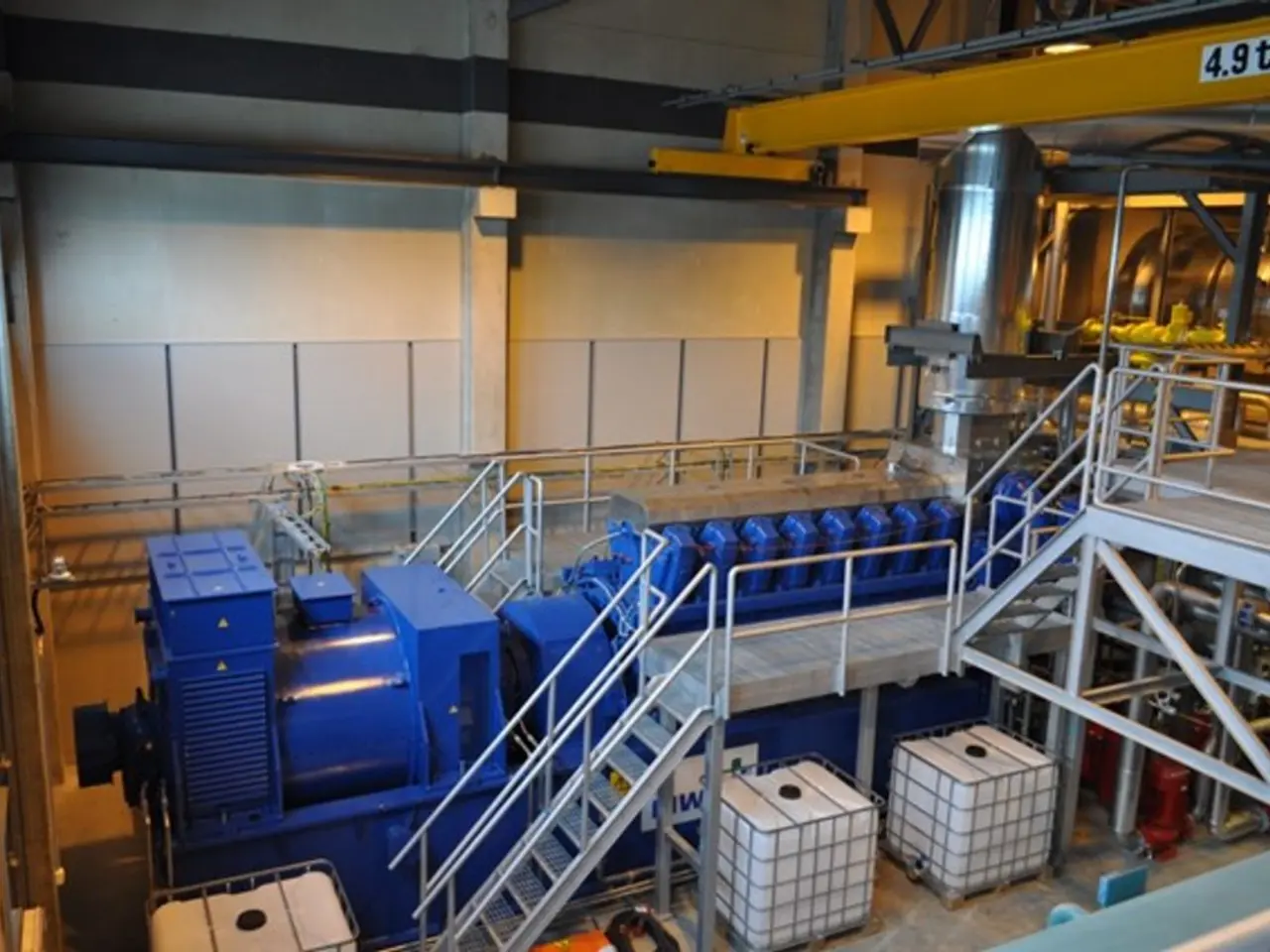Strategies for Streamlining Logistics Operations
In today's fast-paced business environment, logistics optimization has become a crucial aspect for businesses aiming to improve supply chain efficiency, reduce costs, and enhance customer satisfaction. Here are some key strategies that can help businesses achieve these goals:
1. Process Digitization and Automation
By leveraging technologies such as Warehouse Management Systems (WMS), Enterprise Resource Planning (ERP) software, and automation tools, businesses can streamline workflows, reduce human errors, and improve overall efficiency. AI and machine learning can further optimize inventory management and demand forecasting.
2. Strategic Warehouse Optimization
Analyzing warehouse operations can help identify cost drivers, optimize order picking, smart item allocation, and reduce travel routes within warehouses, saving time and costs. Tools like heat maps and ABC analysis help identify improvement areas and increase throughput and productivity.
3. Transportation Management Systems (TMS) and Data Analytics
Implementing TMS automates route planning, carrier selection, and freight auditing, which reduces transportation costs and improves shipment tracking and carrier performance management. Data analytics supports data-driven decisions to optimize logistics further.
4. Collaborative Planning and Inventory Management
Sharing information across suppliers, partners, and internal teams improves forecasting, reduces inventory costs, and decreases stockouts or overstocking, enhancing supply chain visibility and responsiveness.
5. Sustainable Logistics Practices
Optimizing delivery routes, adopting eco-friendly packaging, and integrating reverse logistics reduce environmental impact and operational costs, contributing to corporate sustainability goals while maintaining efficiency.
6. Flexibility and Agility
Developing contingency plans, diversifying suppliers, and adopting agile production and supply chain models help businesses quickly adapt to disruptions or demand changes, maintaining operational continuity and customer satisfaction.
7. Proactive Partnering and Skilled Workforce
Partnering with third-party logistics providers (3PLs) that invest in the latest automation technology can reduce capital expenditure and improve service levels. Additionally, investing in workforce training enhances logistics operations and responsiveness.
8. Improving Warehouse Layout and Workflow
Streamlining warehouse processes, enhancing layout design, and implementing efficient workflows lead to faster order processing and reduce delays, further improving customer satisfaction.
By integrating these strategies, businesses can significantly lower logistics costs, reduce delays, improve order accuracy, and ensure on-time delivery—all of which contribute to higher customer satisfaction and competitive advantage in the market.
Additional Strategies
- Incorporating real-time traffic data into route planning can dynamically adjust delivery schedules, enhancing on-time performance and decreasing failed deliveries by 15%.
- Scheduling consistent feedback sessions with suppliers and logistics providers can improve service quality and customer satisfaction.
- Leveraging AI-driven platforms to automate processes can free up 30% of logistics managers' time.
- Utilizing platforms for real-time data sharing can decrease stockouts and cut excess inventory costs by up to 15%.
- Providing visibility in logistics can build trust in your brand with 68% of consumers expecting tracking.
- Providing real-time access to data can improve forecasting accuracy, potentially reducing inventory costs by up to 30%.
- Recognizing and rewarding contributions to logistics optimization cultivates a positive atmosphere that encourages ongoing efforts toward efficiency and innovation.
- Holding frequent meetings between suppliers, logistics providers, and retailers helps improve supply chain performance by 20%.
- Involving all relevant parties in joint planning efforts boosts alignment and improves operational efficiency.
- Utilizing cloud-based logistics management systems can reduce response times by up to 50%.
- Utilizing performance metrics and KPIs to assess logistics processes helps identify areas for improvement and motivates employees to aim for higher standards.
- Reduced missed deliveries can be achieved through automatic updates on driver locations.
- Integrating data from suppliers and logistics providers can achieve a 15% increase in operational efficiency.
- Encouraging joint problem-solving among supply chain partners can lead to significant reductions in lead times.
- Utilizing collaborative platforms enables quicker data sharing, which can decrease lead times by 25%.
1. As businesses delve deeper into the realm of defi (decentralized finance) and technology, they may explore AI-driven, automated platforms for finance and logistics management, freeing up to 30% of logistics managers' time and potentially reducing inventory costs by up to 30%.
2. In an increasingly digital business landscape, financial institutions and logistics providers can partner to offer real-time tracking and visibility services, catering to the growing demand for such features (68% of consumers expect tracking), enhancing trust in brands, and further improving overall efficiency.




